The amphibian that evokes human impressions: the Axolotl
Most of us feel the closest animals to human beings are mammals, particularly primate species. 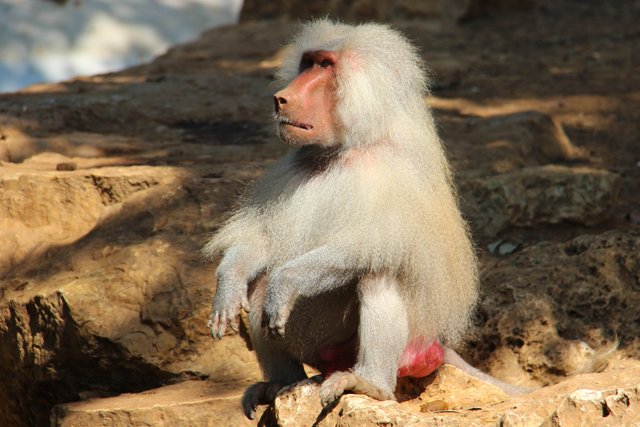
We can read emotion off of the gestures of dogs and thus empathize with hem, whereas we are less attuned to the inner state of birds, reptiles, or insects.
Yet there is one amphibian that has captivated scientists and artists alike for its likeness to human beings. If you’ve never come across this species before, allow me to introduce you to the axolotl (from the Nahuatl, an indigenous language from central Mexico, atl, "water", and xolotl, or "slippery or wrinkled one, servant", i.e. axolotl means "servant of water".
Some say it resembles a smiling human, others see the creature as akin to aliens.
The axolotl, or Ambystoma mexicanum, is endemic to Lake Xochimilco in Mexico City and, unlike other amphibians, it does not develop lungs upon reaching adulthood and instead remains living underwater, despite having feet to walk on the ground [2].
Axolotls...
• have 4 different pigmentation genes, with wild specimens coming in brown with olive undertones
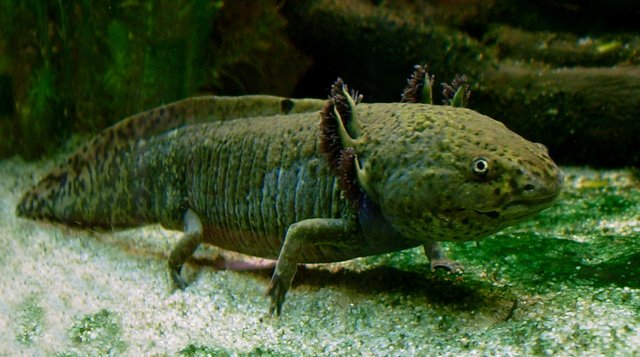 source
source
...while mutant colors include pale pink with black eyes, golden with gold eyes, grey with black eyes, and all black.
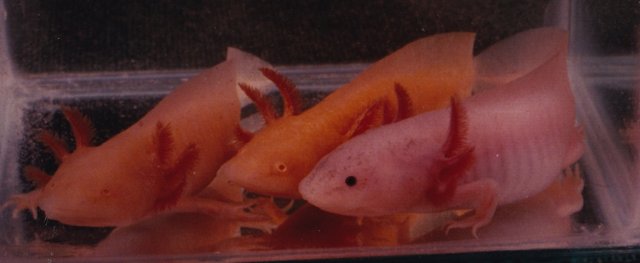 source
source
• they can regenerate multiple organs, including the brain (with limitations regarding regeneration of long-range connectivity between brain areas) [1]
• they can reproduce before undergoing metamorphosis
At any rate, fascination with this species as well as incompetent attempts at preserving it have lead to its current classification as an endangered species.
How did the axolotl become a critically endangered species?
The natural habitat of axolotls, Lake Xochimilco, was perhaps permanently made inhospitable to this species due to multiple introductions of foreign species:
• it all started with the introduction of the water hyacinth, which quickly became a plague in the lake
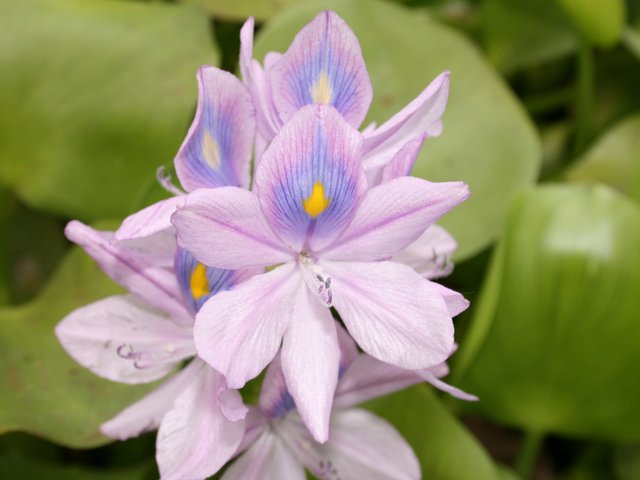 source
source
• to combat the expansion of water hyacinth, the African tilapia and Asian carp were introduced, which…

• (shocker) represent a virtually impossible to eradicate predator of the axolotl [3].
In order to save the Axolotl, the species is currently in captive care.
Axolotl and the arts
Argentine writer, Julio Cortázar (1914-1984), wrote a famous short story called ‘Axolotl’ where a Parisian’s obsession with the quietness and stillness of the amphibian is accompanied by his gradual transformation into one [4].
Would you say the axolotl is human-like or not?
SOURCES
[1] https://www.ncbi.nlm.nih.gov/pmc/articles/PMC4861602/
[2] https://en.wikipedia.org/wiki/Axolotl
[3] http://www.jornada.unam.mx/2005/09/03/index.php?section=capital&article=036n1cap
[4] https://coursewikis.fas.harvard.edu/aiu18/Axolotl
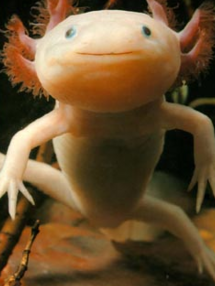
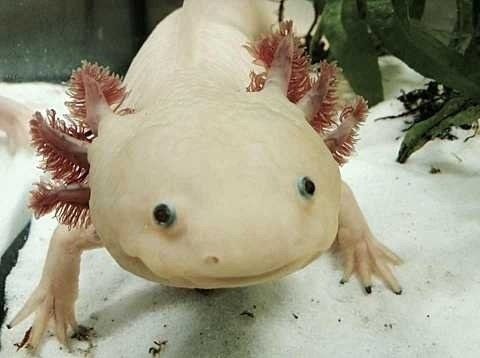

Your formatting is really broken, I think you should check that again. Online editors like hackmd.io and dillinger.io are a great help.
Thanks for letting me know! It worked fine yesterday. I just 'decentered' the first picture now and that fixed it.
Wow this is really weird, I read this post yesterday and it wasn't like that..... I wonder what changed!
Weird.. Maybe steemit messed up
thanks for sharing keep it up
It's so sad that they are at the verge of extinction due to humans altering the ecosystem... I hope the efforts won't be futile and we'll see more cute axolotls thriving in the future. The facts you list are very interesting! I definitely do see human like features in their faces.
significant & extraordinary!
Congratulations @upasos! You have received a personal award!
Click on the badge to view your Board of Honor.
Congratulations @upasos! You received a personal award!
You can view your badges on your Steem Board and compare to others on the Steem Ranking
Vote for @Steemitboard as a witness to get one more award and increased upvotes!